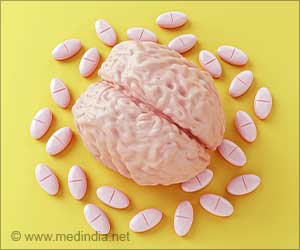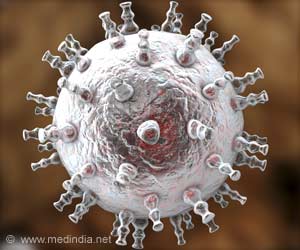Scientists at the University of Chicago have shown why plague is so deadly, by discovering that bacteria that cause the bubonic plague may be more powerful than their close relatives
Scientists at the University of Chicago have shown why plague is so deadly, by discovering that bacteria that cause the bubonic plague may be more powerful than their close relatives due to a single genetic mutation.
Bubonic plague has killed over 200 million people during the course of history and is thus the most devastating severe infectious disease known to man. Despite this, we are still unsure about the molecular basis of its extraordinary virulence."The plague bacterium Yersinia pestis needs calcium in order to grow at body temperature. When there is no calcium available, it produces a large amount of an amino acid called aspartic acid," said Professor Brubaker from the University of Chicago, USA.
"We found that this is because Y. pestis is missing an important enzyme.
"Y. pestis evolved from its ancestor Y. pseudotuberculosis within the last 20,000 years, suggesting its high lethality reflects only a few genetic changes. We discovered that a single mutation in the genome of Y. pestis means the enzyme aspartase is not produced," Professor Brubaker added.
Aspartase is present in almost all bacteria but it is strangely absent in many pathogenic types. These include mycobacteria that are pathogenic to man, Francisella tularensis and rickettsiae (both of which cause diseases transmitted to humans via insects).
"This suggests that the absence of aspartase may contribute to serious disease," said Professor Brubaker.
Advertisement
"If this is the case then we might be able to reduce the death rates of these diseases by developing a treatment that removes some of the extra aspartic acid," said Professor Brubaker.
Advertisement
Source-ANI
SRM





